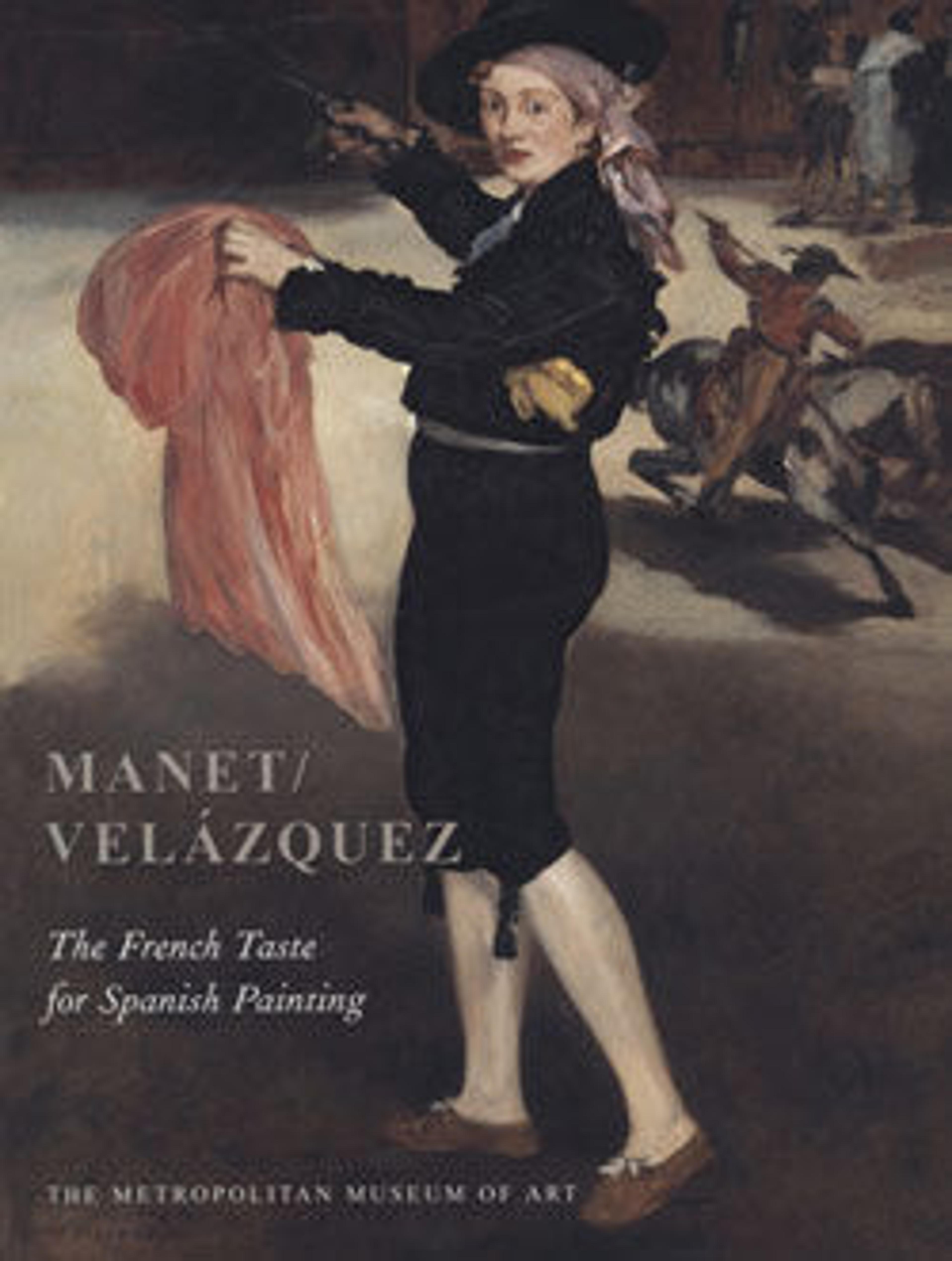Don Andrés de Andrade y la Cal
During a trip to Madrid in 1658, Murillo encountered grand, full-length portraiture by Titian, Velázquez, and Anthony van Dyck. Learning from their conventions, he soon adopted elements like the classical architecture and imposing dog seen here. Little is known of Don Andrés de Andrade y la Cal, whose name and coat of arms are “carved” in trompe l’oeil on the pilaster. The dog appears to be an Alano Español, a ferocious Spanish breed with double-edged associations: they embody noble power in works such as Cervantes’s “The Dialogue of the Dogs” (1613), but their use in war against Indigenous populations in the Americas has been part of European visual culture since Theodore de Bry illustrated Bartolomé de la Casas’s Brief Account of the Spanish Destruction of the Indies (1598).
Artwork Details
- Title: Don Andrés de Andrade y la Cal
- Artist: Bartolomé Estebán Murillo (Spanish, Seville 1617–1682 Seville)
- Date: ca. 1665–72
- Medium: Oil on canvas
- Dimensions: 79 × 47 in. (200.7 × 119.4 cm)
- Classification: Paintings
- Credit Line: Bequest of Collis P. Huntington, by exchange, 1927
- Object Number: 27.219
- Curatorial Department: European Paintings
More Artwork
Research Resources
The Met provides unparalleled resources for research and welcomes an international community of students and scholars. The Met's Open Access API is where creators and researchers can connect to the The Met collection. Open Access data and public domain images are available for unrestricted commercial and noncommercial use without permission or fee.
To request images under copyright and other restrictions, please use this Image Request form.
Feedback
We continue to research and examine historical and cultural context for objects in The Met collection. If you have comments or questions about this object record, please contact us using the form below. The Museum looks forward to receiving your comments.
